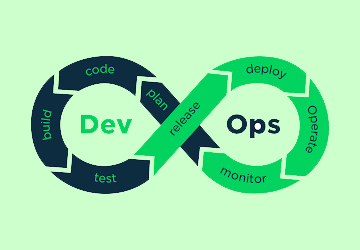Categories
Advanced
0(0 Ratings)
DevOps Training

What I will learn?
- Understand the core principles, practices of DevOps
- Understand what DevOps is not
- Understand concept of Build and Release
- Understand how Maven can be used as a build tool
- Understand what Repository Management systems and where they fit into DevOps
- Understand how to use Nexus OSS as a Repository Manager
- Understand how measure code quality using Sonar
- Understand how to do Continuous Integration using Jenkins
- Understand deference between Continuous Delivery and Continuous Deployment
- Overview of Continuous Delivery Pipeline
Student Ratings & Reviews

No Review Yet
$1,000.00
- LevelAll Levels
- Duration40 hours
- Last UpdatedJanuary 22, 2024
Hi, Welcome back!
A course by
M
Material Includes
- Life Time Access to Recordings
- Resume preparation / Mock Interviews
- Real time Assignments and projects
- On Job Support for the 1st Project
Requirements
- Should have experience in programming
- Knowledge of Configuration Management is good to have